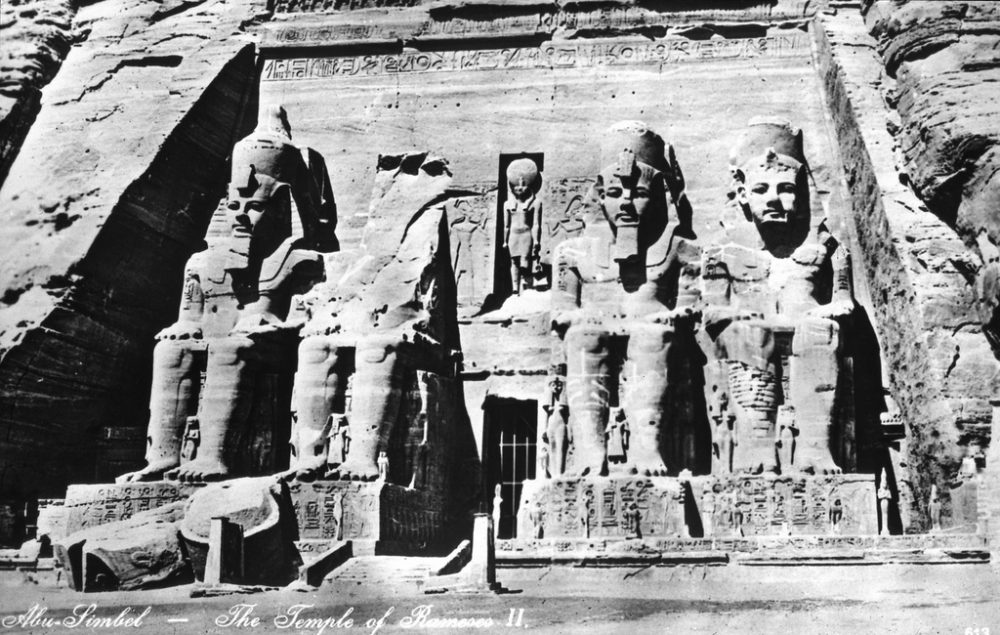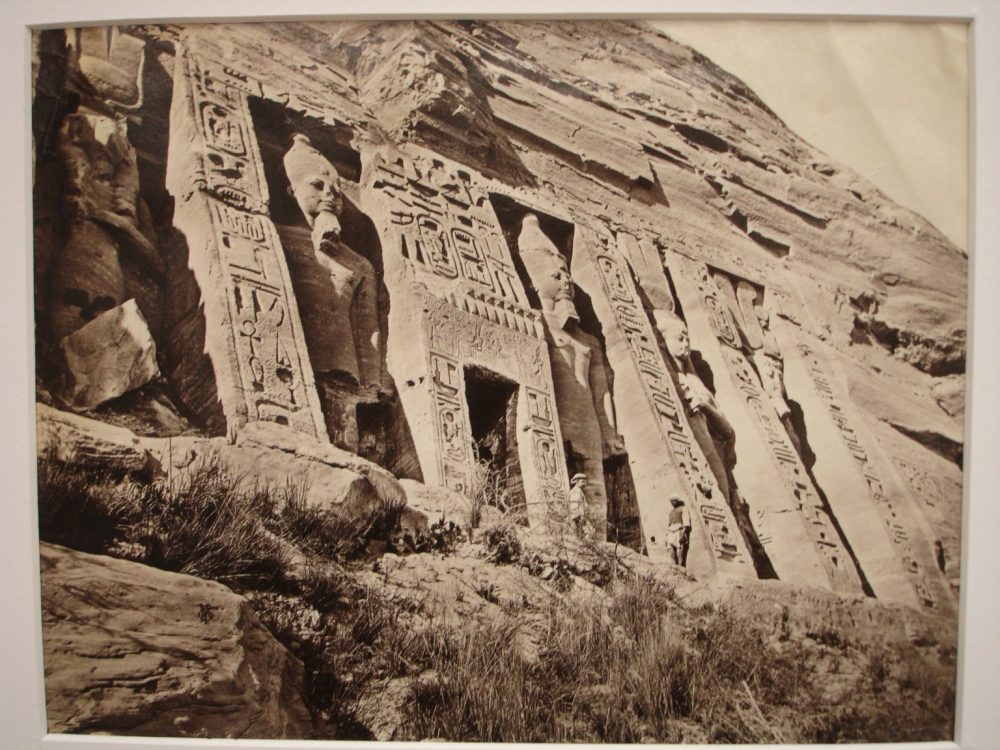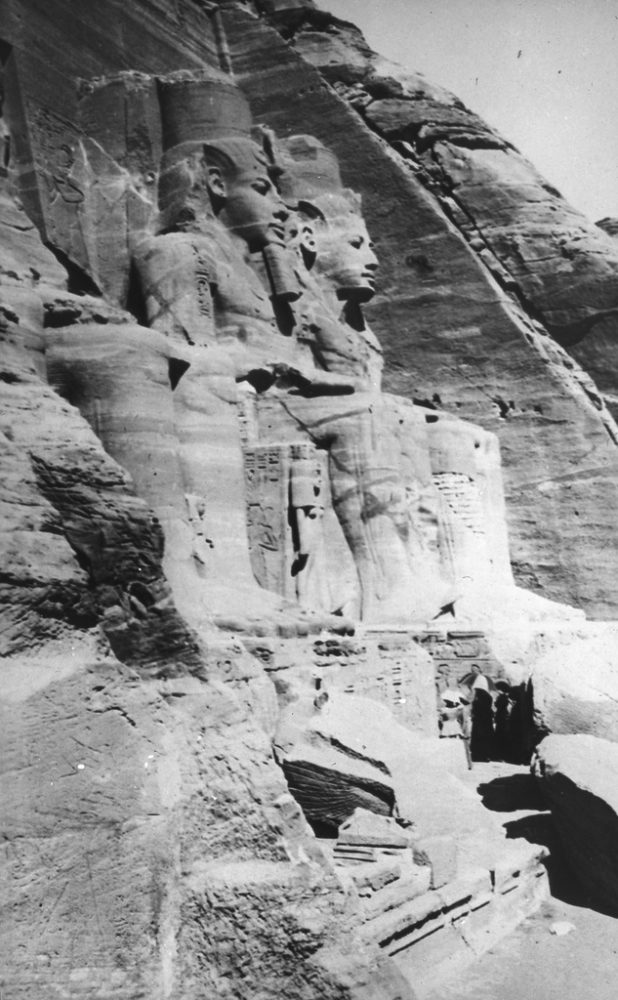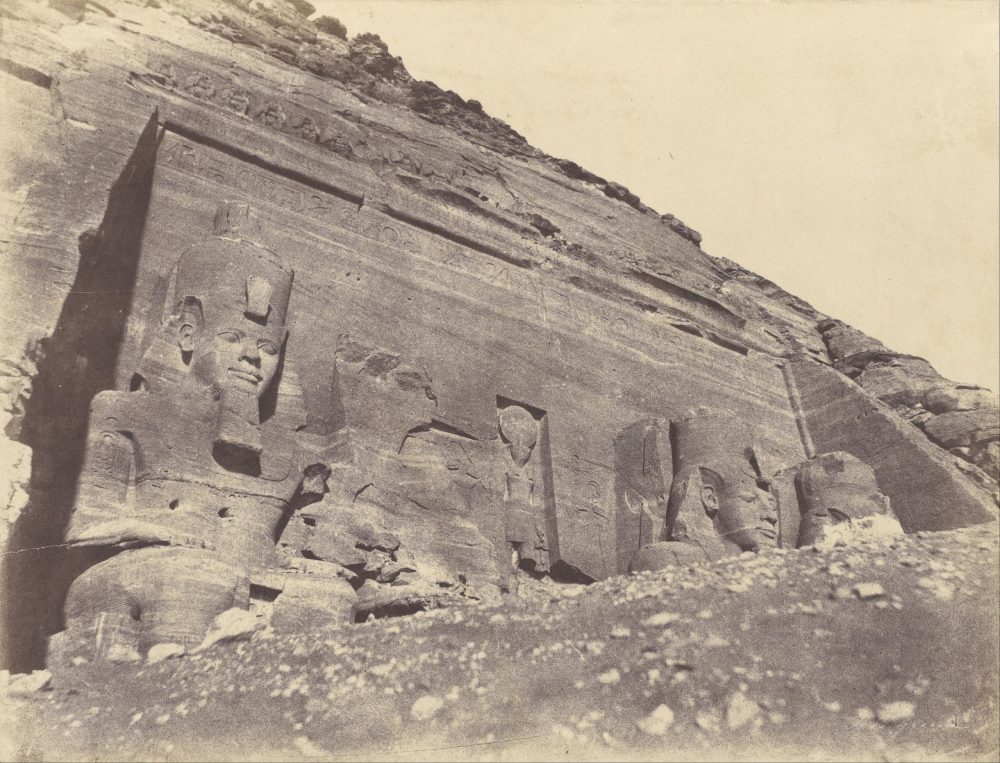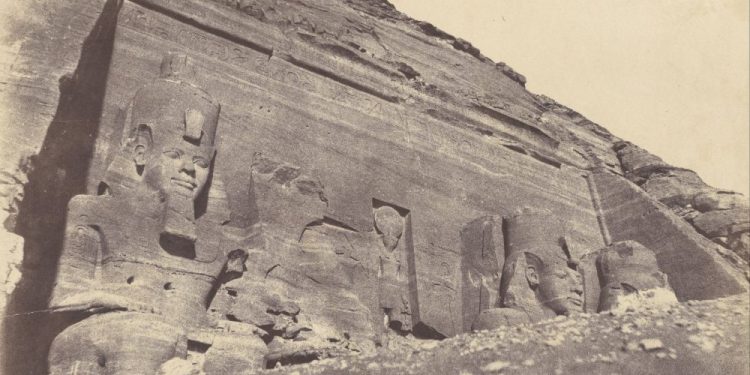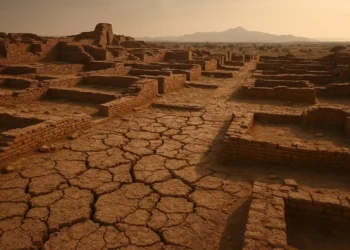Over a long period in history, the ancient Egyptians built incredible structures that stood the test of time.
While the Egyptian pyramids are perhaps the most famous of constructions built by the ancient Egyptians, the land of the Pharaohs and golden sands is known for many other structures.
In ancient Egyptian belief, temples were seen as houses for the gods to whom they were dedicated.
The first temples —shrines— appeared in the fourth millennium BC in Lower and Upper Egypt.
They were not as complex as the structures that would soon follow, but they influenced the Egyptian way of life.
That’s why many other temples appeared not long after, and their design changed from simple shrines to massive structures that were truly home of the gods.
Temples were built in Egyptian controlled oases as far as the Libyan desert, as far as Siwa, and in numerous outposts located throughout the Sinai Peninsula.
When ancient Egypt controlled Nubia, temples were also built there.
It was a temple mania that was embedded into the very foundations of the ancient Egyptian Culture. That’s why in this article, we’ve decided to dig and search for the rarest vintage images of Ancient Egyptian Temples that we could find.
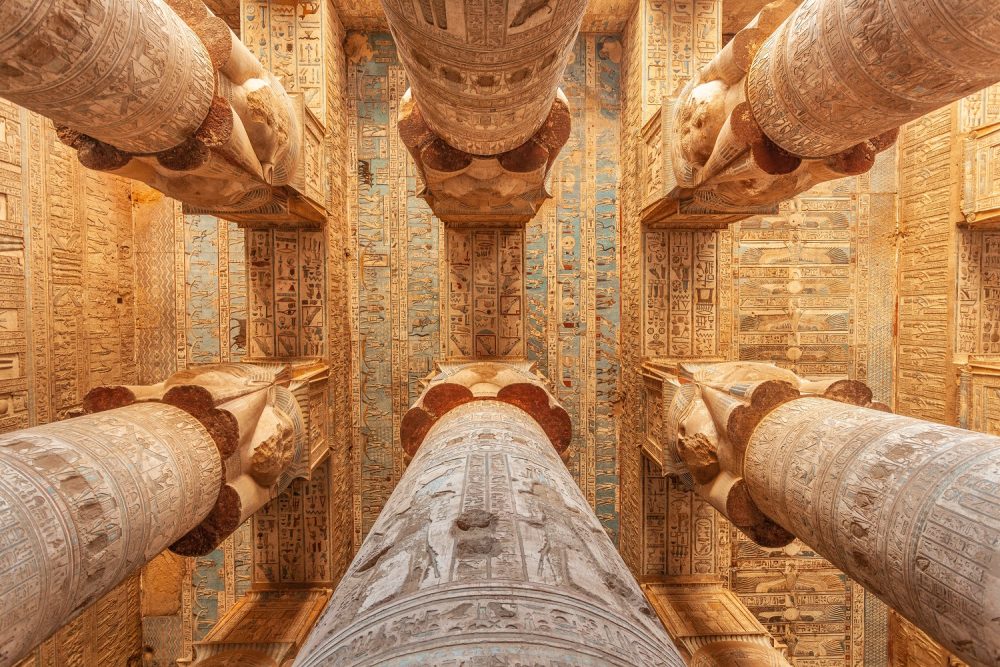
Pyramid temples
It can officially be said that the expansion of funerary monuments began with the reign of Djoser, who commissioned a massive complex built entirely out of stone and placed in the enclosure of a step pyramid (The Pyramid of Djoser) under which he was buried.
This led to a revolution in the way temples and complexes were built.
Djoser had started a building revolution, and for the rest of the Old Kingdom, tombs and temples were built inside intricate and elaborate stone pyramid complexes.
During the New Kingdom, the temples grew in importance, and the Pharaohs devoted more and more resources towards temples, which grew larger and more elaborate.
Now, join us as we travel in time, looking through some of the most amazing vintage images of Ancient Egyptian Temples.
Enjoy!
Vintage Images of Ancient Egyptian Temples: The Temple of Edfu
Dedicated to the ancient Egyptian god Horus, the Temple of Edfu is Egypt’s second-largest temple after the Temple complex of Karnak.
The temple at Edfu is one of the best-preserved ancient Egyptian temples.
Its construction started in the year 237 BC when Pharaoh Ptolemy III ruled over Egypt.
It was completed two centuries later, around 57 BC, by Pharaoh Ptolemy XII, the man who fathered Cleopatra.
The temple was one of the many temples erected during the Ptolemaic Dynasty, including the Dendera Temple complex, Esna, the Temple of Kom Ombo, and Philae.
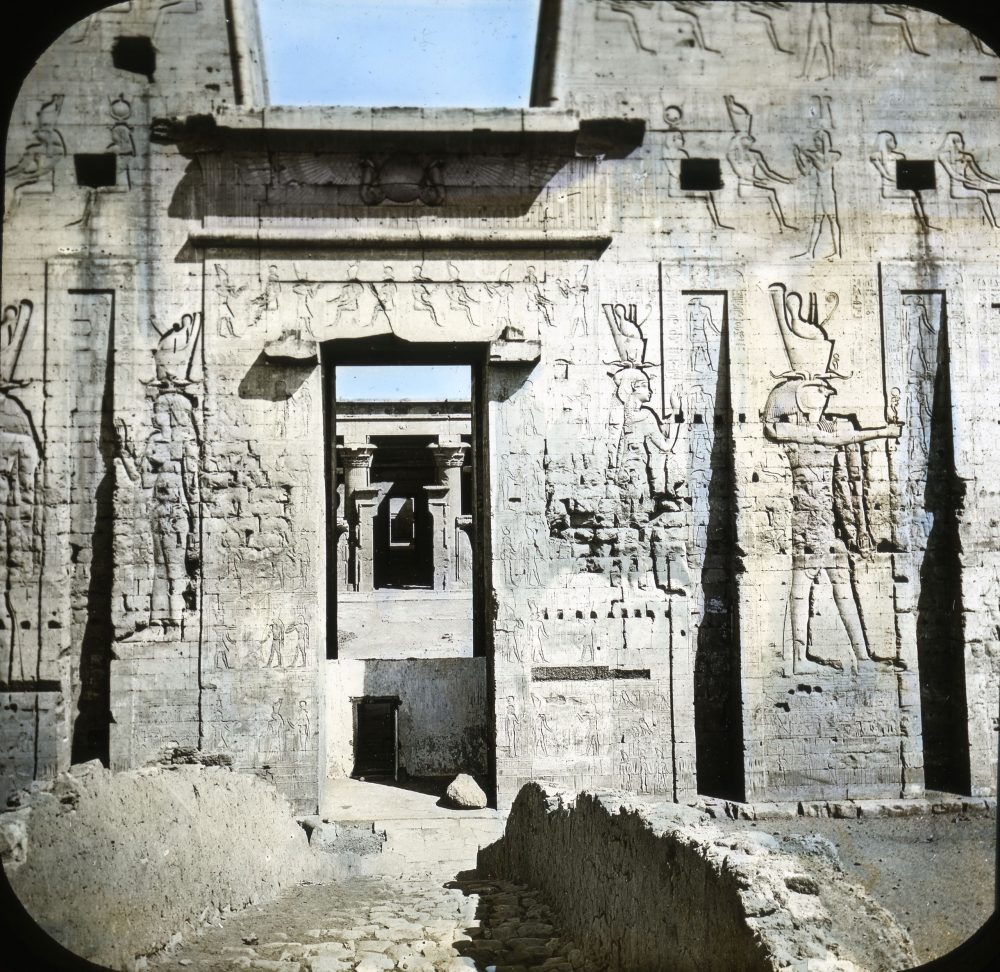
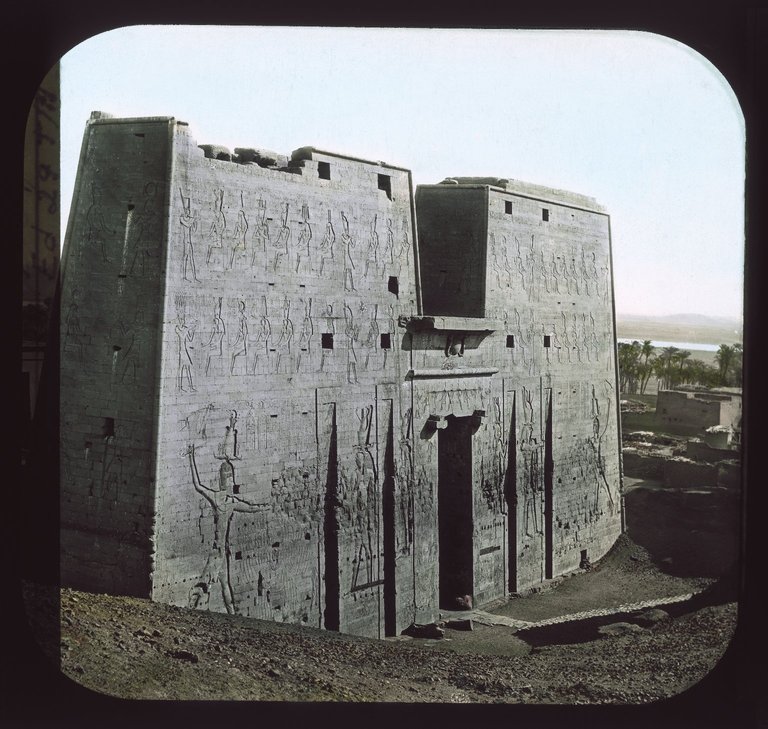
The temple was one of the most important worship centers of ancient Egypt. IT was the center of several religious festivals sacred to Horus.
Each year, “Hathor traveled south from her temple at Denderah to visit Horus at Edfu, and this event marking their sacred marriage was the occasion of a great festival and pilgrimage.”
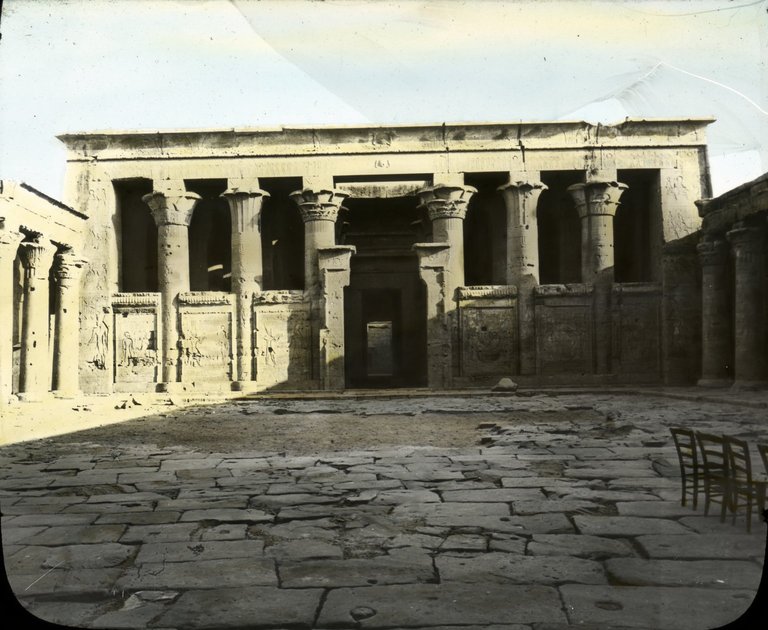
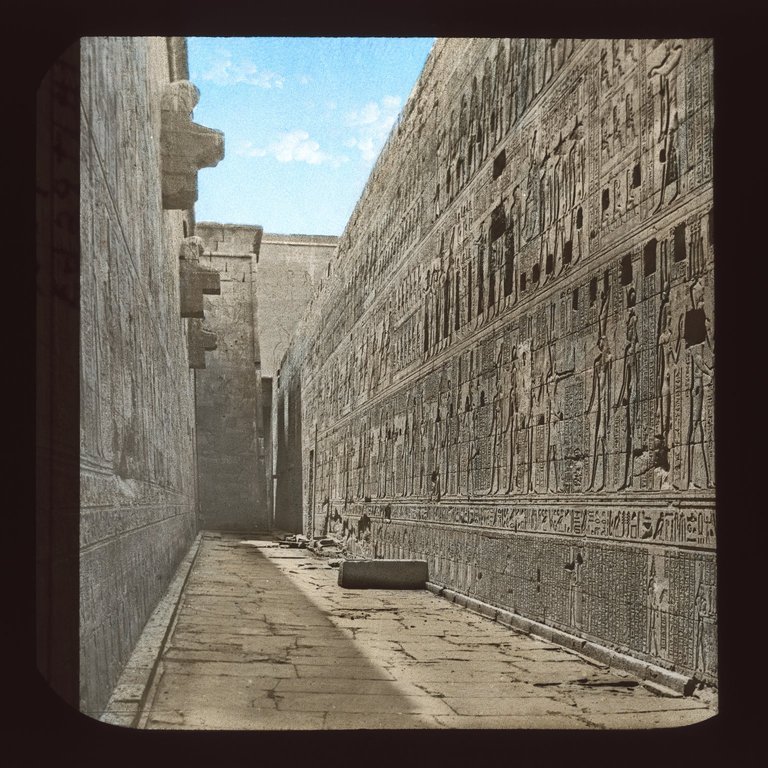
Like many other structures of ancient Egypt, the temple at Edfu also became buried over the centuries by drifting desert sand and layers of river silt deposited by the River Nile.
By 1798, only the temple pylons’ upper reaches remained visible when the temple was re-discovered by a French archaeological expedition.

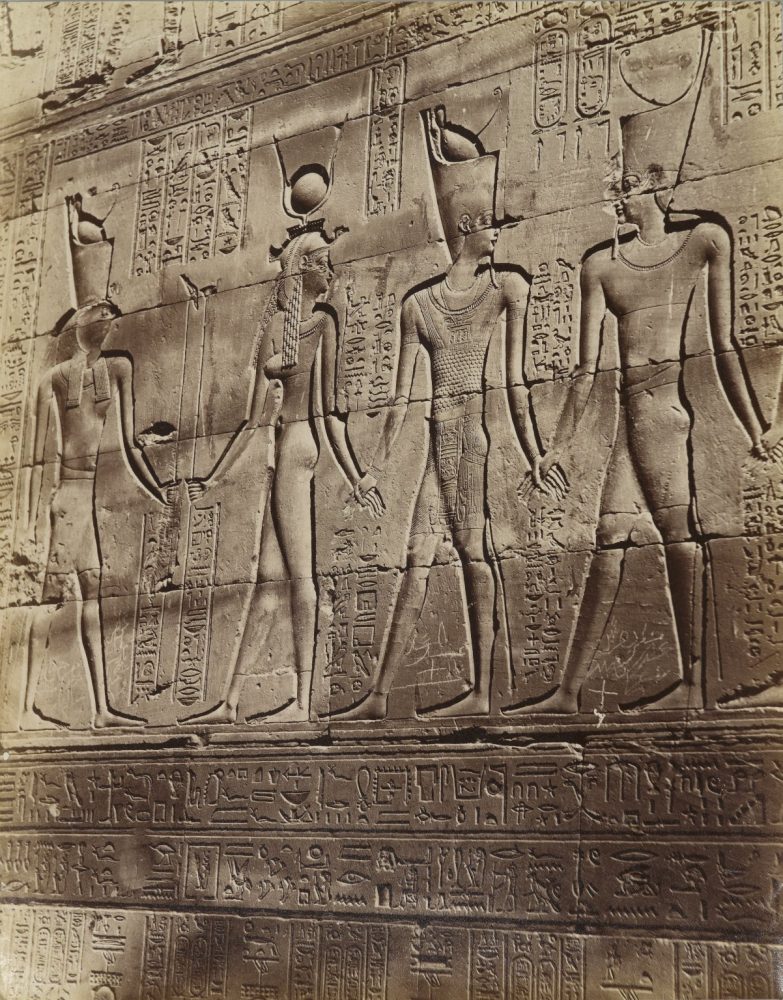
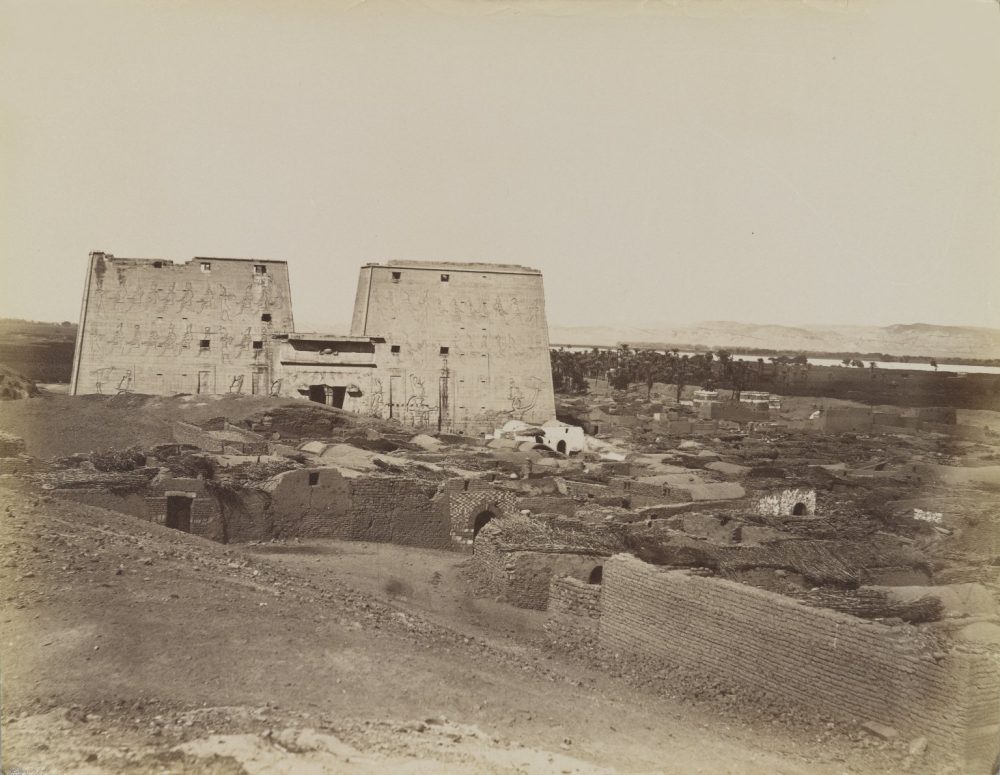
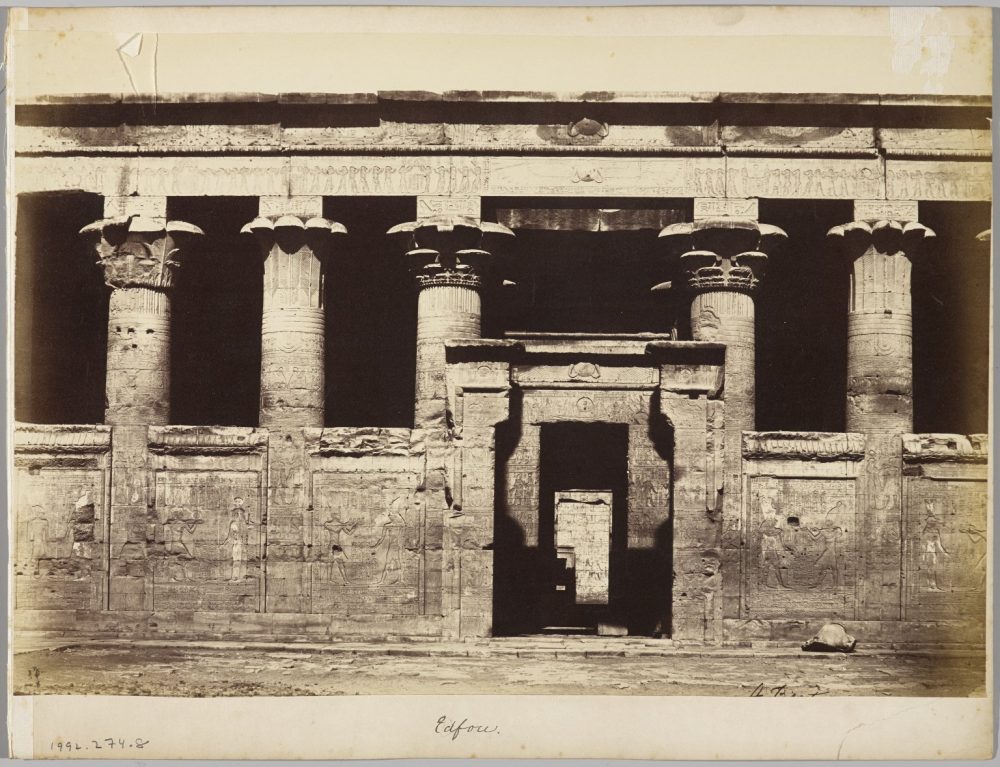
Luxor Temple
Located on the east bank of Egypt’s famous Nile river, in the city of Luxor (ancient Thebes) are the remains of a temple that was constructed around 1400 B.C.
Known in Egyptian as ipet resyt, “the southern sanctuary,” this ancient temple is one of many other sanctuaries built on the river’s east and west banks.
Unlike all other temples built in ancient times in Thebes, the Luxor Temple was not dedicated to the veneration of a God, nor did it deify the king in the afterlife.
Instead, this ancient temple was the place where many rulers of Egypt were crowned as kings.
The city of Luxor is known for four major mortuary temples: Temple of Seti I at Gurnah, the Temple of Hatshepsut at Deir el Bahri, the Temple of Ramesses II (a.k.a. Ramesseum), and the Temple of Ramesses III at Medinet Habu; and the two primary cults temples on the east bank are known as the Karnak and Luxor.


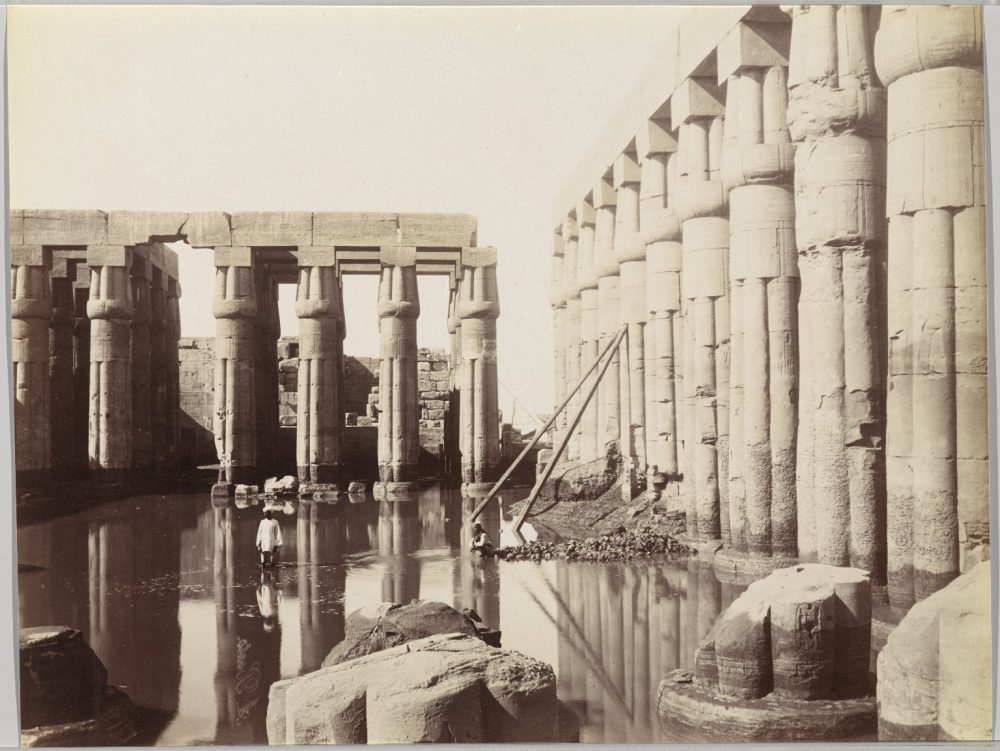
Temple at Medinet Habu
During the New Kingdom of ancient Egypt, the Mortuary Temple of Ramesses III at Medinet Habu was of great importance.
In addition to its size and intricate architectural and artistic styles, this ancient temple is famous for the inscribed reliefs depicting the advent and defeat of the mysterious Sea Peoples during Ramesses III’s kingship.
The temple spreads 150 meters in length and closely resembles the nearby temple of Ramesses II, aka the Ramesseum.
The temple is home to more than 7,000 m2 (75,347 sq ft) of decorated wall reliefs.
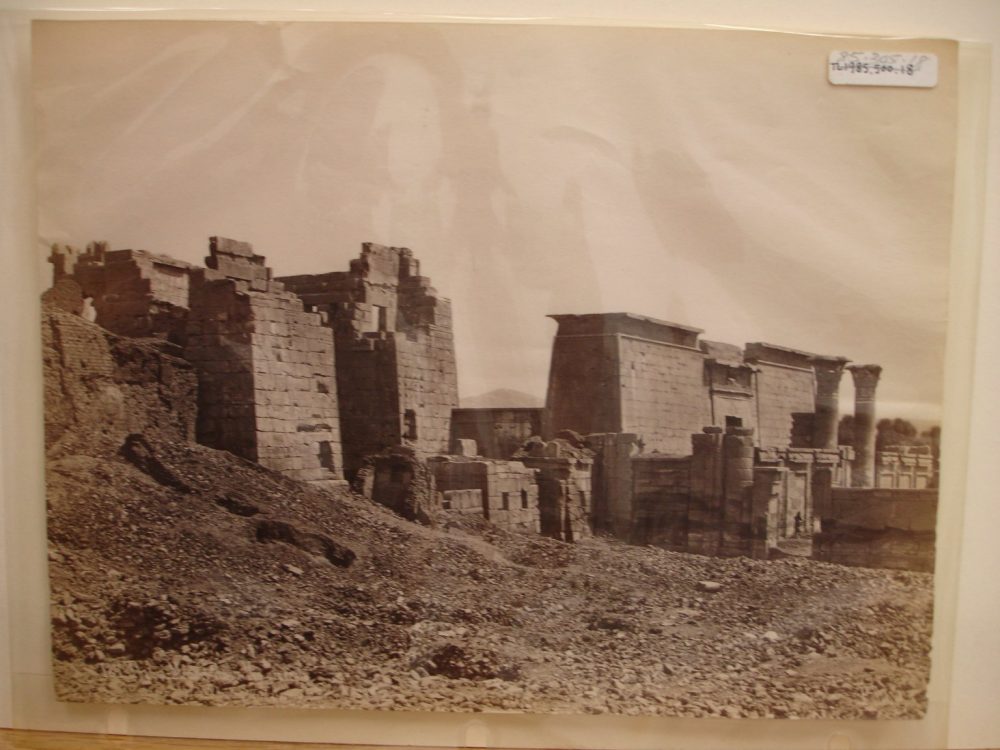
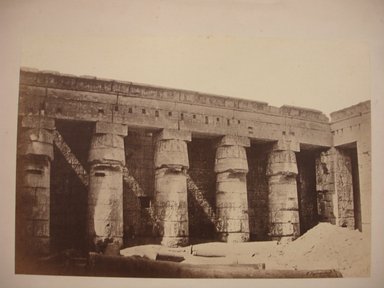
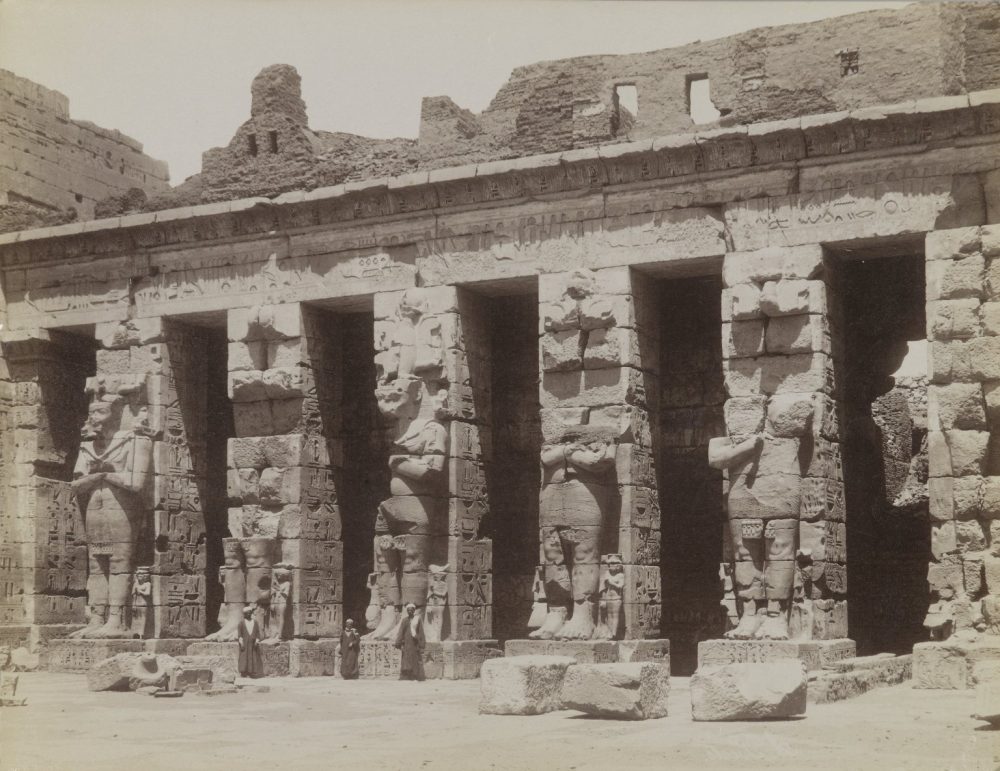
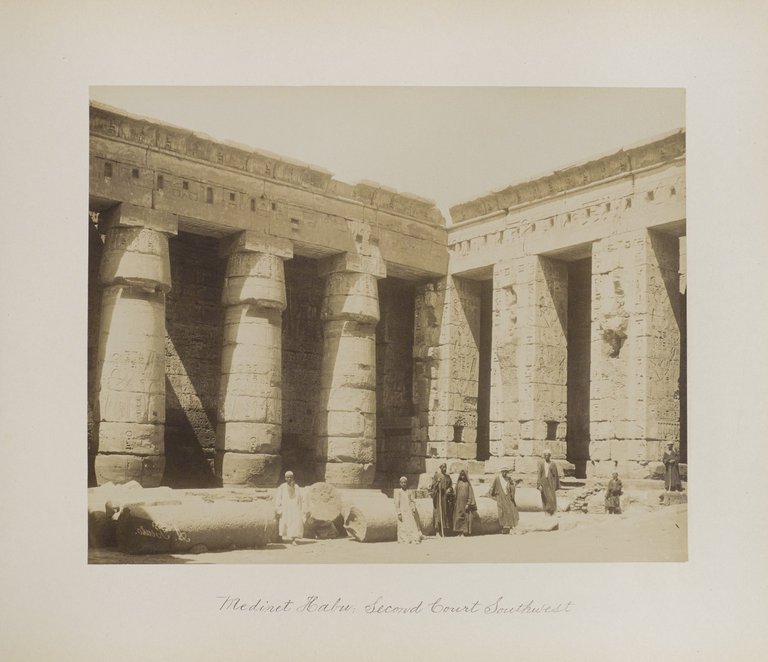
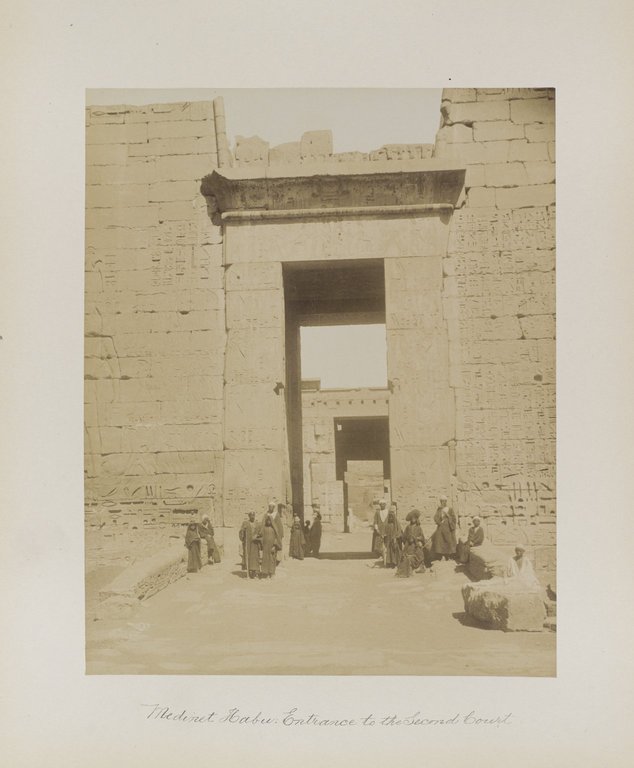
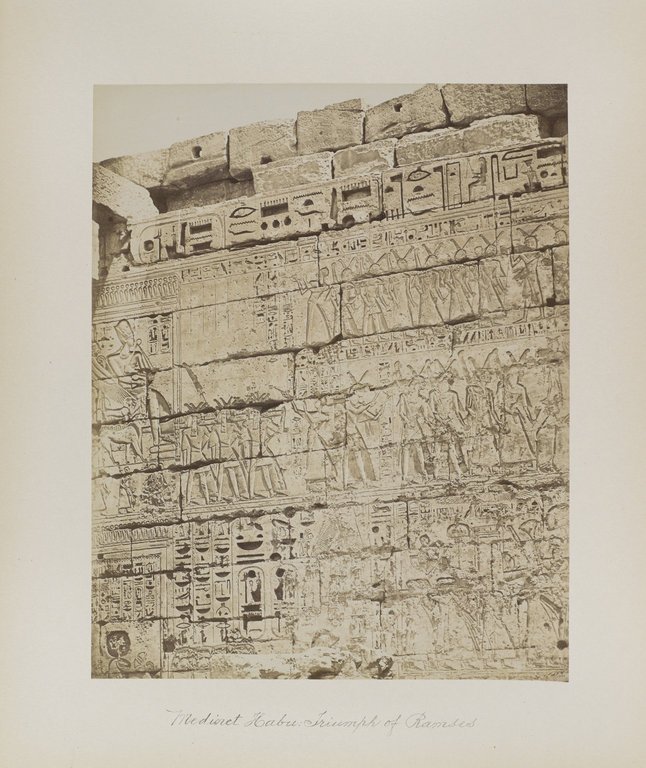
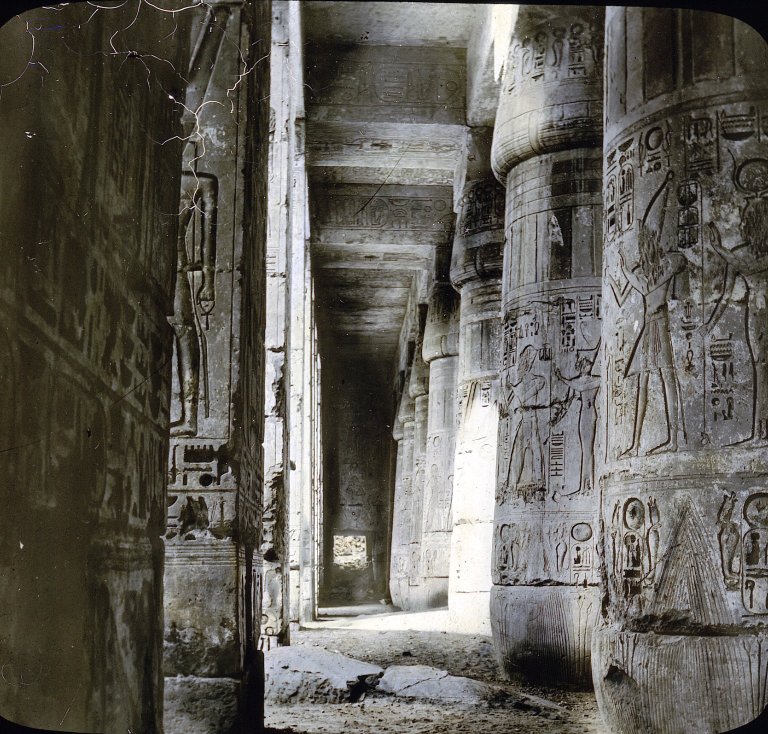
Vintage images of the Karnak Temple Complex
The Karnak Temple Complex, also known as simply Karnak, is a vast temple complex composed of several temples, chapels, and pylons, located in the ancient Egyptian city of Thebes, present-day Luxor.
The Karnak open-air museum is considered the second most visited historical site in Egypt; only the Giza Pyramids near Cairo receive more visits.
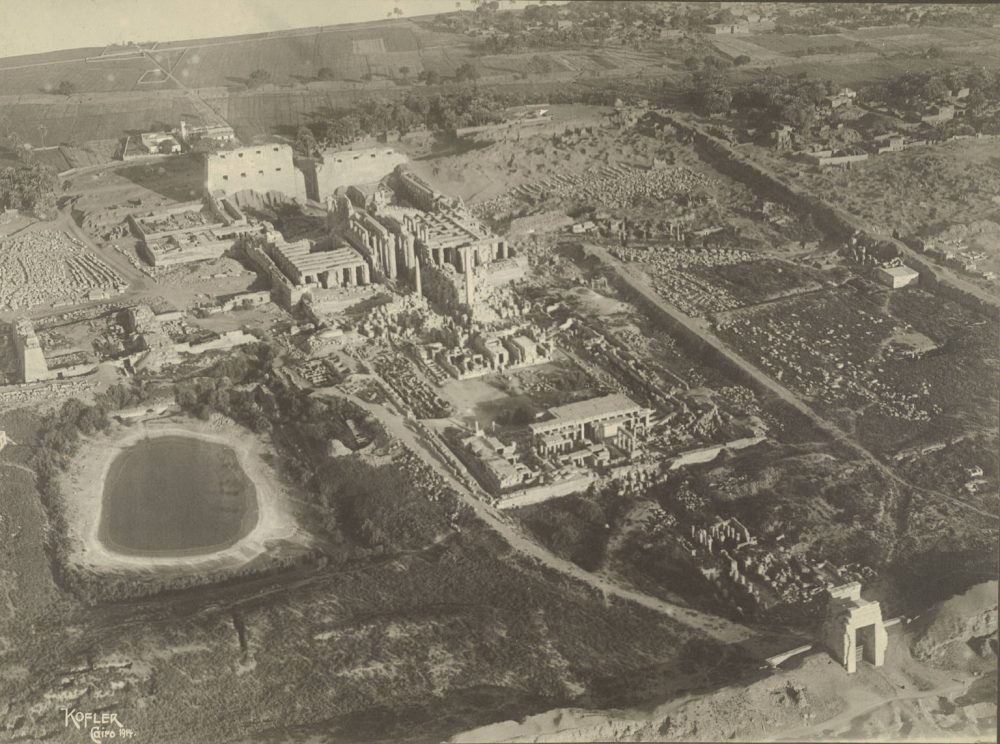
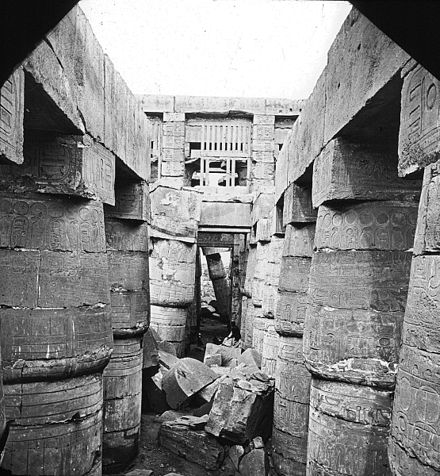
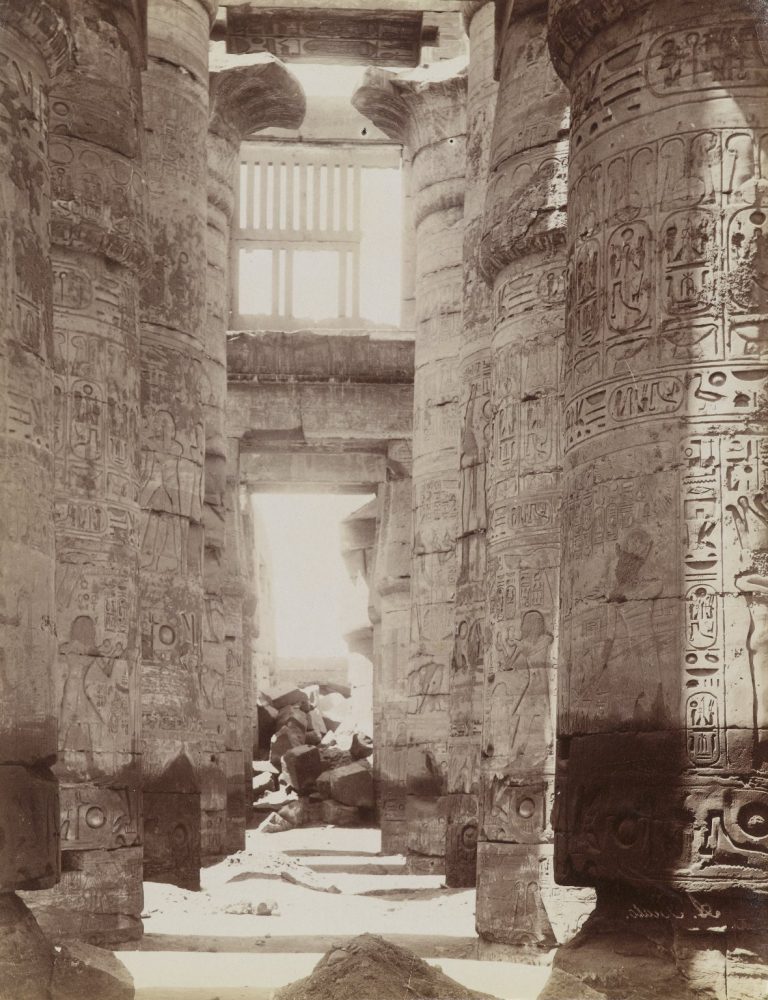

Abu Simbel
And what’s a list of incredible vintage images of ancient Egyptian temples if you don’t include images of the Abu Simbel rock temples.
Located near the border with Sudan, the Abu simple temples are located on the western bank of Lake Nasser.
The twin temples were carved out of the mountainside in the 13th century BC, during Pharaoh Ramesses II.
The twin temples were carved and built as a lasting monument to the king and his queen Nefertari and commemorate the Pharaoh’s victory at the Battle of Kadesh.
